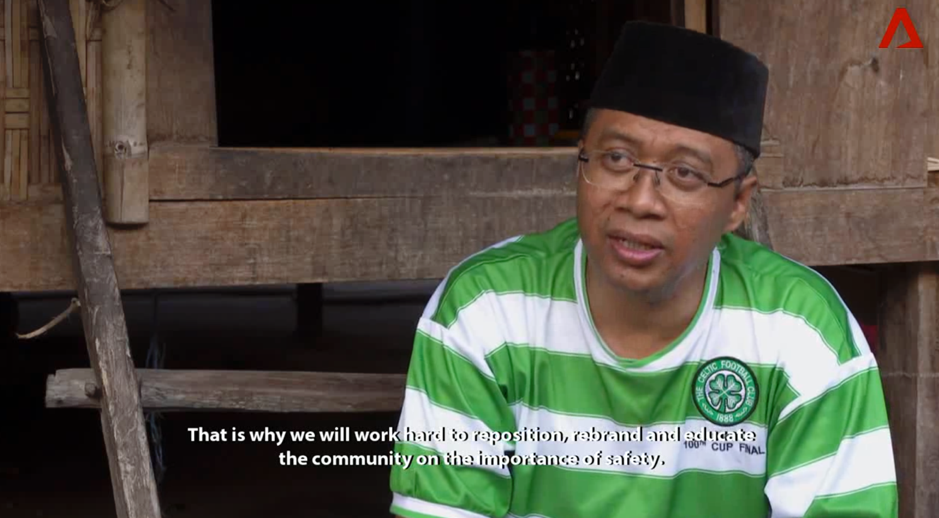
On 29 July 2018, Lombok was struck by a 6.4-magnitude earthquake, killing 20 people. A week later, an even stronger earthquake of magnitude 6.9 devasted the island. Strong aftershocks continued to rock the Indonesian island, quickly transforming the popular tourist paradise into “hell on earth”.
In an episode of Channel NewsAsia’s Insight titled "Lombok: A Shattered Paradise", aired on 7 September 2018, Prof Sieh provided insights on how tectonic plate movements could result in tsunamis, volcanic activities, as well as devastating earthquakes. Using the analogy of a cracked windshield on a car, Prof Sieh explained how aftershocks are produced from faults during an earthquake. In some instances, an aftershock can trigger a more powerful earthquake. This is possibly what had occurred in Lombok, where the entire sequence of earthquakes were triggered along the same fault.

From studying the corals that have been uplifted a multitude of times during earthquakes that took place in the past thousand years, Prof Sieh mentioned that the subduction zone in the west coast of Sumatra breaks approximately once every 200 years. With this 200-year period approaching, it might mean that a powerful earthquake of magnitude 8.5 to 9 could happen in the next couple of decades.
Much can be learnt from the Japanese – their long historical records of tsunamis, the concerted effort over the centuries to warn the public and to educate their young on tsunamis, investments in scientific infrastructure to study such disasters, and putting in place infrastructure to mitigate and prepare for these hazards and risks.
“The younger generation may or may not experience the earthquake, but we are spending the money, spending the time to harden the infrastructure, to educate you on plate tectonics and so on,” said Prof Sieh. He explained that in the long run, some lives and some infrastructure may still be lost. But it would be less severe than if no attention were to be paid to this at all.

Available online from 7 September 2018, the show can be viewed here.